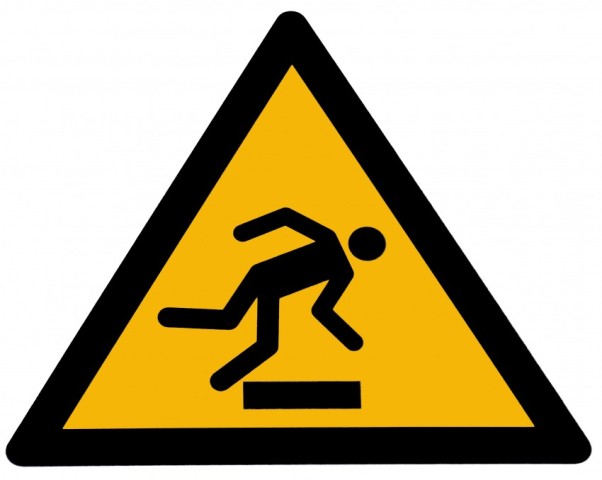Any UK business needs to comply with health and safety laws that are designed to protect everyone in your organisation, from staff members and delivery teams to your customers, yourself, and members of the general public. You will be completely responsible for the health and safety practices in your business, and so you need to understand it fully. A basic guide can give you the first steps to learning how to manage your health and safety obligations.
Nominate a Health and Safety Officer
Firstly, you will need to nominate someone within your company to control health and safety. This may be a designated officer, a member of your team with suitable qualifications, or even someone from outside your business. If you are running a small business, that nominated person will most likely be yourself.
The person who has been nominated as the officer will then have to write a policy describing the health and safety policy of your business. Sometimes known as a ‘template’, the policy will lay out rules governing behaviour in the company, as well as risk assessments. This policy must be reviewed regularly.
Manage The Risks in Your Business
The next obligation is to manage the risks in your business. You will need to assess them first, looking for hazards, and then consider the risk – or the chance – that these hazards will harm someone in your business, and how much harm could occur. This involves thinking about what accidents could happen in the business, and if you, a member of staff, or the general public could be injured by that accident.
You will need to consider the risks of everyone in your business, particularly those who are likely to be more at risk, including expectant mothers, young babies, young children, and the disabled. You should also consider contractors, and other businesses working nearby or in proximity to your own. These should all be included in the risks.
Name Specific Hazards
You will also need to name specific hazards that might only occur in your business. For example, if you are a food company, then you will not only need to count heat and boiling liquids as risks, but also the danger of passing infection on to members of the public. As part of your role in health and safety, you will need to make sure that you have considered all of the dangers that are inherent in your business.
Once you have worked out the hazards and risks involved in your company, and written out a policy structured around health and safety, you will then need to provide training and information. This will cover risks in the workplace, what measures you expect your staff to take to avoid hazards, and how to deal with emergency situations, such as fire or flooding.
You will also be obliged to install signs and warnings in areas that are particularly dangerous. These signs need to be of a uniform standard, and to conform to the expectations of the HSE. You can purchase high-quality signs and visibility clothing, cones and barriers online.
Jill Henderson is a representative for Health and Safety Signs who specialise in supplying health and safety signs for businesses



